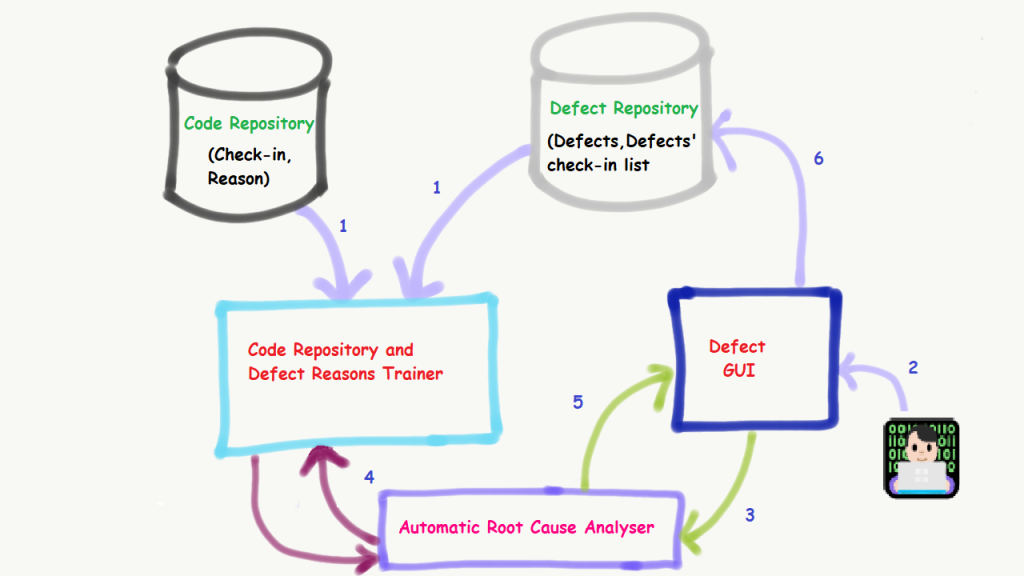
Have you ever encountered a problem in your IT infrastructure that you just can’t seem to figure out? You’ve tried everything, and yet the issue persists. You’re not alone. This is a common problem faced by organizations of all sizes. However, with the help of AIOps, you can quickly and easily identify the root cause of the problem and take corrective action. In this blog post, we’ll discuss what AIOps is, how it works, and how you can use it for root cause analysis.
What is AIOps?
AIOps, or Artificial Intelligence for IT Operations, is the application of artificial intelligence (AI) and machine learning (ML) techniques to automate and enhance IT operations. It involves the use of big data analytics, machine learning algorithms, and other AI technologies to analyze IT operations data and provide insights and recommendations for optimizing IT operations.
AIOps is designed to help IT teams improve their operational efficiency, reduce downtime, and enhance the overall performance of their IT infrastructure. It enables IT teams to quickly identify and troubleshoot issues before they escalate into bigger problems.
How do AIOps work?
AIOps works by collecting and analyzing large volumes of data from various sources, such as logs, metrics, and events. This data is then processed by machine learning algorithms to identify patterns, anomalies, and trends. The insights gained from this analysis are used to detect and diagnose issues in real-time, allowing IT teams to take corrective action before the problem escalates.
AIOps also provides automated remediation capabilities, which means that it can automatically fix certain issues without human intervention. This frees up IT teams to focus on more complex issues that require human intervention.
How to use AIOps for root cause analysis?
Root cause analysis is the process of identifying the underlying cause of a problem. It involves analyzing the symptoms of the problem and tracing them back to their origin. AIOps can be used for root cause analysis by analyzing the data collected from various sources to identify patterns and anomalies that may be the cause of the problem.

To use AIOps for root cause analysis, follow these steps:
- Collect data from various sources: To get a complete picture of your IT infrastructure, you need to collect data from various sources, such as logs, metrics, and events.
- Analyze the data: Once you have collected the data, you need to analyze it using machine learning algorithms to identify patterns and anomalies.
- Detect anomalies: The next step is to detect anomalies in the data that may indicate a problem.
- Correlate the anomalies: After detecting the anomalies, you need to correlate them with other data to determine if they are related to the problem.
- Identify the root cause: Once you have correlated the anomalies, you can identify the root cause of the problem.
- Take corrective action: Finally, you can take corrective action to fix the problem and prevent it from happening again.
Conclusion
AIOps is a powerful tool that can help IT teams quickly and easily identify the root cause of problems in their IT infrastructure. By using machine learning algorithms and big data analytics, AIOps can analyze data from various sources to provide insights and recommendations for optimizing IT operations. By following the steps outlined in this blog post, you can use AIOps for root cause analysis and take corrective action to prevent problems from happening again. So, what are you waiting for? Start using AIOps today and take your IT operations to the next level!
